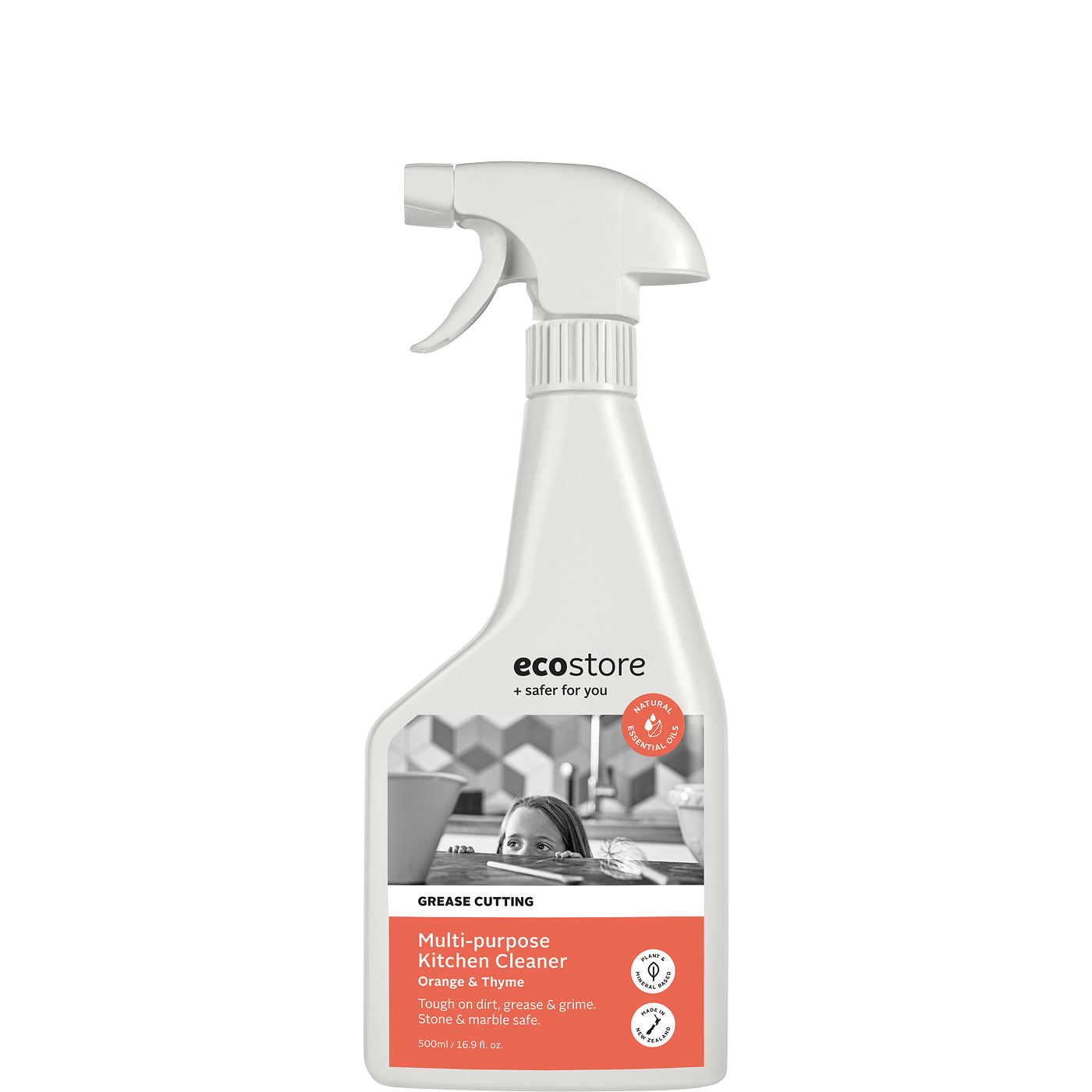Ingredient - Chlorine
Chlorine is a highly reactive chemical element which appears in many different forms - from benign compounds in the human body to chlorides such as table salt, to potent solutions knowns as ‘bleach’. Chlorine-containing bleaching agents such as Sodium Dichloroisocyanurate and Sodium Hypochlorite are used in some dishwasher products to clean and remove stains. While not all forms of chlorine are of concern, we prefer to leave these ingredients out of our products.
The risks of direct exposure to chlorine are well-documented, and include skin irritation, eye irritation, or toxic if inhaled or swallowed. Most dishwasher powders are designed to avoid any direct human exposure, and a 2014 report for the Ministry of Health indicated the primary cause of harm was accidental ingestion or inhalation by children, with minimal exposure risk from residues left on dishes. However, the potential for compounds to become airborne still poses a risk, as a 2012 case study documented an apprentice cook developing respiratory symptoms, “immediately after exposure to a cloud of detergent powder that was made airborne by vigorous shaking of the package.”
Exposure through emissions via steam from a dishwasher utilising chlorine detergents was noted in a 2009 article, “Some automatic dishwashing detergents also contain dry chlorine that is activated when mixed with the water in the dishwasher. This means that when you open the dishwasher, chlorine fumes are released in the steam that leaks out. These can cause eye irritation and difficulty breathing, especially for those with respiratory problems.” A 2004 study also associated the use of chlorinated dishwashing detergents with increased emissions in the home.
Chlorine is known to disperse or break down in the environment relatively quickly, however its high reactivity and by-products can persist for longer and be highly toxic to aquatic life. Increased awareness of the environmental impacts of chlorine has been documented in the Fresh and Marine Water Quality Guidelines in New Zealand and Australia.
REFERENCES
P. Cressey, I. Pattis. (2014) Health Risk Assessment: Dishwasher Powder. Ministry of Health. Retrieved on October 11, 2021 from https://www.esr.cri.nz/assets/HEALTH-CONTENT/MoH-reports/FW14027-Dishwasher-powder-FINAL-Sept-2014.pdf
Hannu, T. J., Riihimäki, V. E., & Piirilä, P. L. (2012). Reactive airways dysfunction syndrome from acute inhalation of a dishwasher detergent powder. Canadian respiratory journal, 19(3), e25–e28. https://doi.org/10.1155/2012/150919
Pat Thomas (2009). Behind the Label: Fairy Liquid. The Ecologist. Retrieved on October 11, 2021 from https://theecologist.org/2009/feb/05/behind-label-fairy-liquid
Olson, D., Corsi, R. In-home formation and emissions of trihalomethanes: The role of residential dishwashers. J Expo Sci Environ Epidemiol 14, 109–119 (2004). https://doi.org/10.1038/sj.jea.7500295
ANZ Guidelines for Fresh and Marine Water Quality. (2000) Chlorine in freshwater and marine water. Section 8.3.7 ‘Detailed descriptions of chemicals’ of the ANZECC & ARMCANZ (2000) guidelines. Retrieved on 11 October, 2021 from https://www.waterquality.gov.au/anz-guidelines/guideline-values/default/water-quality-toxicants/toxicants/chlorine-2000
EWG Guide to Healthy Cleaning. Chlorine Bleach. Retrieved on October 12, 2021 from https://www.ewg.org/guides/substance_groups/149-Chlorinebleach/
National Center for Biotechnology Information (2021). PubChem Compound Summary for CID 23665760, Sodium hypochlorite. Retrieved October 12, 2021 from https://pubchem.ncbi.nlm.nih.gov/compound/Sodium-hypochlorite.
National Center for Biotechnology Information (2021). PubChem Compound Summary for CID 517121, Sodium dichloroisocyanurate. Retrieved October 12, 2021 from https://pubchem.ncbi.nlm.nih.gov/compound/Sodium-dichloroisocyanurate.
Free shipping on orders over $130
Love me or your money back guarantee
Ingredient - Chlorine






